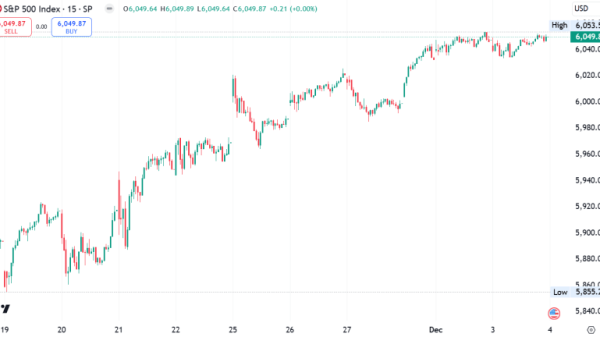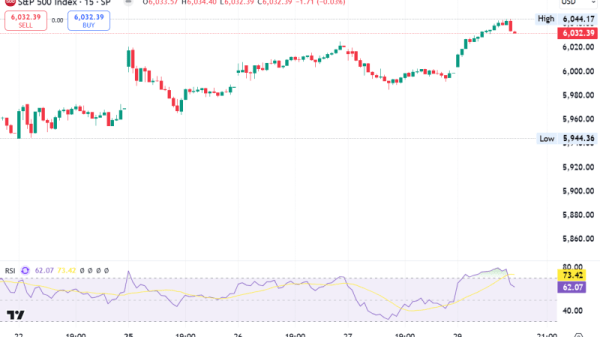Investing.com — Germany faces difficulty funding increased defense spending to meet NATO’s 2% of GDP target, with some advocating for even higher spending (up to 4% of GDP), as per analysts at Commerzbank (ETR:CBKG).
While historically common (1960s) and adopted by some nations (e.g., Poland), Germany’s current economic situation presents obstacles.
Germany’s sluggish economic growth is a key obstacle. The country is projected to grow at an average rate of just 0.5% annually in the coming years, far below the levels required to accommodate a substantial increase in defense expenditure without impacting other sectors.
Historically, faster economic growth allowed Germany and other nations to manage high defense spending more effectively, as rising GDP inherently increases government revenue.
Without accelerating economic growth, Germany would need two decades to gradually increase defense spending to 4% of GDP, a timeline that is politically and strategically impractical, Commerzbank added.
Reducing spending in other areas of the federal budget offers a partial solution, but the scope for such savings is limited.
To close the gap through budgetary cuts alone, Germany would need to reduce federal civilian spending by nearly 20% over four years.
Potential savings from social spending cuts and government efficiency improvements would be insufficient to fully fund increased defense spending.
While reallocating funds from climate initiatives, such as through more efficient carbon pricing, could generate savings, this would likely face significant political opposition.
Financing the defense increase through debt is another option, but it raises legal and economic concerns. Such an approach would nearly double Germany’s budget deficit from 2% to 4% of GDP, violating European debt rules and the constitutional debt brake.
The current reliance on shadow funds to finance core state tasks like defense is unsustainable in the long term, emphasizing the need for these expenditures to be integrated into the regular budget.
Germany’s rising risk premiums on government bonds further complicate debt-based financing. As noted by Commerzbank, weak economic growth has already led to noticeable increases in financing costs for government bonds.
To ensure sustainable debt levels, structural reforms are crucial to boost economic growth and tax revenue.
Increasing productivity and investing in growth sectors can reduce the burden on public finances and improve the country’s ability to fund higher defense spending.






































